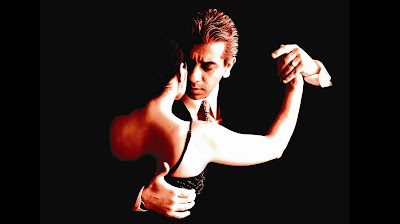This is a series of interview with the pioneers of Argentine Tango. I asked simple questions: What makes a dance beautiful? How could we become good dancers? What was tango like in the old days? I have the answers here, and I would like to share with you. Kumi
Milonguero's Room. Design by Wpthemedesigner.
Converted To Blogger Template By Anshul Tested by Blogger Templates.







